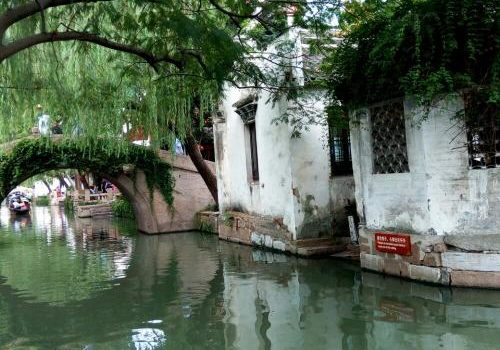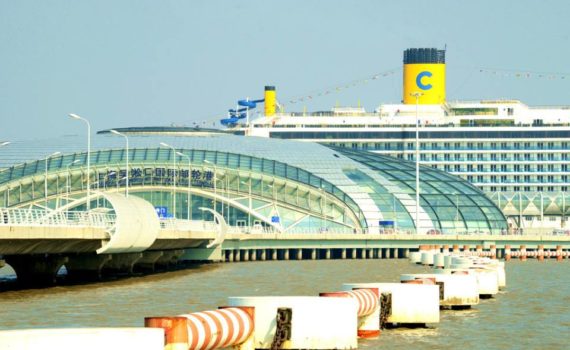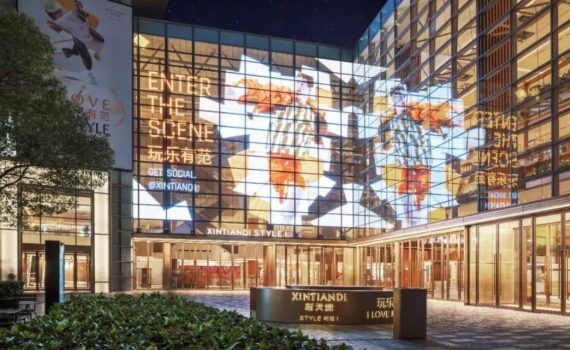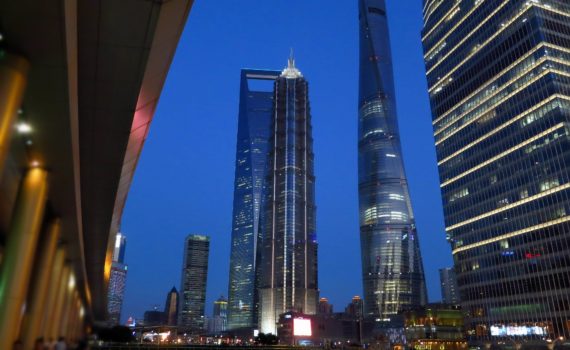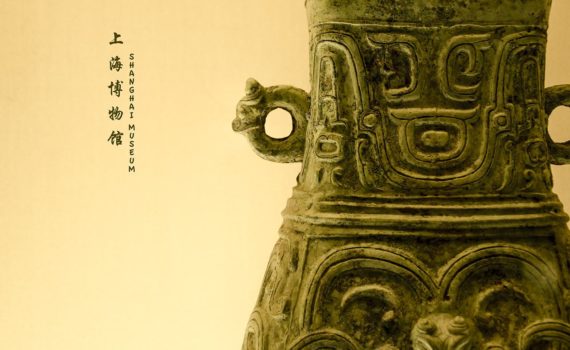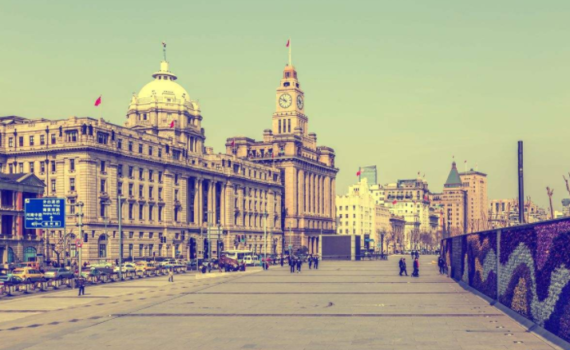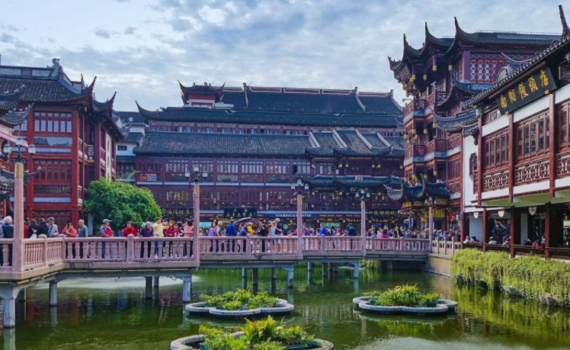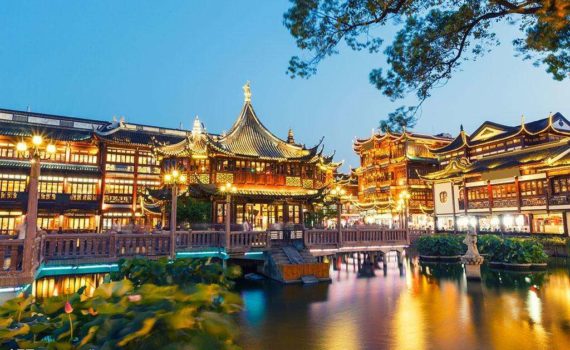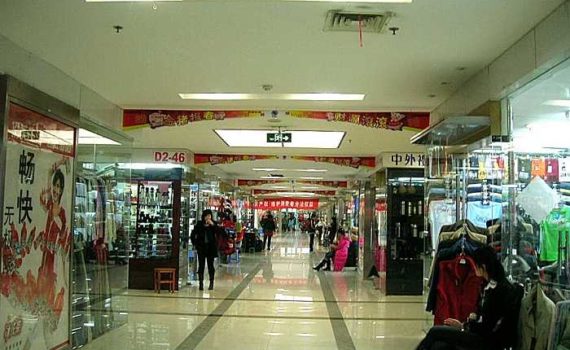Basadas en la antigua red de canales de China, las ciudades acuáticas tienen casi mil años de historia. Con estructuras, caminos y vías fluviales inalteradas durante mucho tiempo, las ciudades acuáticas de China son un placer para la vista y un fascinante reflejo del pasado de China. Rodeada por un sistema de callejones y canales, Zhouzhuang, cerca de Suzhou, es la ciudad acuática más prominente y fascinante de China. Zhouzhuang es un destino turístico imprescindible para cualquiera que viaje a Suzhou. Historia: Zhouzhuang se estableció por primera vez durante el período de Primavera y Otoño (771 a. C. a 403 a. C.), cuando se llamaba Yaocheng y pertenecía al Reino Wu. Yaocheng pasó a llamarse Zhouzhuang tras la construcción del Templo Qianfu en 1086. Zhouzhuang tiene más de 900 años de historia en su estructura actual y su ubicación estratégica en la antigua red de canales le permitió convertirse en un centro de intercambio y circulación de productos como la seda, alimentos, expresiones culturales y especialidades. En Zhouzhuang se construyeron y desarrollaron varias casas de cambio extremadamente ricas que prosperaron. Atracciones: La parte de Zhouzhuang con sus canales, extensiones y lugares históricos se conoce como el casco antiguo, ubicado al sur de la ciudad de Zhouzhuang y disponible […]
Guía de transporte de Shanghái
También conocida como la Terminal de Cruceros de Baoshan, la Terminal Internacional de Cruceros Wusongkou de Shanghái es una de las tres terminales internacionales de cruceros del Puerto de Cruceros de Shanghái. Las otras dos son la Terminal Internacional de Cruceros de Waigaoqiao y la Terminal Internacional de Cruceros del Puerto de Shanghái. Recibió el segundo nombre por su conveniente ubicación en el Distrito de Baoshan en Shanghái. La terminal cuenta con los correspondientes servicios de transporte privado, entretenimiento e instalaciones comerciales. La ubicación exacta donde se encuentra la Terminal Internacional de Cruceros Wusongkou de Shanghái es a lo largo de la Bahía de Paotaiwan. Este es un lugar central donde los dos ríos más populares de la zona, el Huangpu y el Yangtze, se unen antes de desembocar en el mar. El litoral de la terminal tiene aproximadamente 40 metros de ancho y hasta 1500 metros de largo. La parte frontal tiene entre 9 y 13 metros de profundidad. La buena infraestructura y la profundidad natural del agua del puerto hacen de la Terminal Internacional de Cruceros Wusongkou de Shanghái una de las mejores terminales de cruceros. Compañías de cruceros Debido a su gran tamaño, Wusongkou puede recibir tres barcos gigantes de hasta 150.000 toneladas simultáneamente. Algunas de las compañías de cruceros que utilizan esta terminal incluyen Oceania Nautica, Arcadia, Azamara Quest, Celebrity Millennium, Crystal Symphony, Diamond Princess, Sapphire Princess, Holland America, Star Cruises, Ocean Princess, […]
China as recently announced that there will be a 144 hour visa transit policy that allows people to stay in the country for a longer period of time without a visa. The period of time you can now stay in the country with the 144 hours free visa policy is 6 days. Currently, the policy applies to people travelling through the country via the cities of Beijing, Shanghai, Nanjing, Tianjin, Hangzhou, Shenyang and Dalian. The 144 hours free visa allows visitors into the mainland of China for 144 hours without a visa. However, this policy is only limited to citizens of certain specified countries. In addition to the 144 hour free visa policy, there is also a 15 day free visa policy in Shanghai for travelers with international travelling documents. The 144 hours and the 15 days begin the next day after entry into the China mainland. The 144 hour visa free transit has been implemented in Beijing, Hebei and Tianjin. This particular policy allows people who are travelling using air, ships and train from fifty three countries around the world to stay for the six days without having to apply for a visa. The policy is meant to allow […]
3 Datos interesantes que hacen de la Torre de Shanghái el sueño de los turistas La Torre de Shanghái es uno de los edificios más visitados de China. Este punto de interés turístico es un lugar favorito para muchas personas de todo el mundo porque ofrece un espectáculo como ningún otro. La torre es oficialmente el segundo edificio más alto del mundo, con una altura de más de 600 metros. Desde su inauguración en 2015, ha visto una plétora de turistas de todo el mundo. Esta torre es única porque tiene el observatorio más alto. Aquí hay otros datos interesantes clave sobre este maravilloso edificio. 1. Los ascensores son sensacionales Los ascensores de este edificio no solo son los más rápidos del mundo, sino que también son los que más viajan. Los ascensores cubren la mayor distancia de cualquier ascensor en un edificio de varios pisos. Esto hace que acceder a los pisos más altos y al observatorio sea menos de un minuto. 2. La torre tiene una gran cantidad de elementos arquitectónicos sostenibles Ser el segundo edificio más alto del mundo definitivamente tiene sus ventajas. En primer lugar, se deben superar numerosos desafíos estructurales para mantener la integridad del edificio. Por eso la torre tiene un […]
El Museo de Shanghái, un lugar único para visitar. El Museo de Shanghái es uno de los museos más populares del mundo. Exhibe principalmente arte antiguo, como cerámica, monedas, bronces chinos, sellos y monedas, entre otras. También alberga artículos y otras exhibiciones a pequeña escala. No solo exhibe arte de China, sino también de otras partes del mundo. El museo cuenta con diferentes salas, y estas son algunas de las cosas que podrá ver en ellas: Sala de Caligrafía: En esta sala, podrá admirar obras que datan de hace muchos años. Aquí podrá experimentar algunos de los tesoros mundiales únicos, exhibidas en orden cronológico. La sala evoca una sensación de elegancia, especialmente con la iluminación automática que hace que las obras brillen solo al contemplarlas. Sala de Pintura China: Esta sala presenta un estilo arquitectónico convencional que se combina con una atmósfera de elegancia confuciana. Se exhiben más de ciento veinte obras, desde la dinastía Tang hasta la época contemporánea. Sala de Muebles Ming y Qing: En esta sala, podrá disfrutar de la contemplación de muebles chinos que […]
El Bund de Shanghái es una extensión de terreno ribereño a lo largo de la orilla oeste del río Huangpu, frente a Pudong, que consta de 52 edificios considerados obras maestras de la arquitectura. Es un destino turístico popular. Existen numerosos lugares en el mundo llamados "Bund", como el Bund de Yokohama en Japón, pero el Bund de Shanghái se distingue singularmente de estos, no solo por su importancia arquitectónica, sino también por su significado histórico. Ofrece una fascinante experiencia turística que permite aprender más sobre esta zona culturalmente rica y diversa. Fueron los británicos quienes primero construyeron sus edificios de oficinas a lo largo de este tramo y posteriormente se convirtió en sede de importantes consulados, exclusivos restaurantes y clubes, elegantes hoteles y bancos internacionales. En otras palabras, se convirtió en el centro financiero de China. Durante la década de 1940, con la Revolución Cultural, la mayoría de los antiguos inquilinos abandonaron estos edificios, construidos al estilo de los colonizadores, pero a finales de la década de 1970 y principios de la de 1980, estos edificios fueron restaurados a su antiguo uso y ahora han recuperado su antiguo esplendor. Aunque algunos de los inquilinos más antiguos nunca regresaron, alberga a algunos de los […]
El templo Cheng Huang Miao de Shanghái es uno de esos lugares emblemáticos que todo visitante de Shanghái, China, debe visitar. Este templo conmemora la elevación de la antigua Shanghái hasta alcanzar el estatus de municipio. El sinónimo de este impresionante lugar es el Templo Dorado de la Ciudad Vieja. Chenghuanmiao de Shanghái, como se le conoce comúnmente, es uno de los lugares más visitados debido a su pasado histórico y a su oferta de compras integrales. Sin duda, en China, la mayoría de las ciudades siempre tienen un templo conectado directamente con un dios en particular. El templo Cheng Huang Miao de Shanghái no es una opción, ya que representa la Montaña Dorada o, mejor dicho, el Jinshan. Esta montaña se encuentra en una isla frente a la costa de la región de Shanghái. En 1403, cuando los habitantes de la región deseaban paz y buena fortuna, visitaban el templo para orar. No tardó mucho en que este lugar fuera reconocido por muchos debido a la bendición de los dioses inmortales, y por eso se establecieron allí muchos negocios. Este es uno […]
A Quick Glance at the Shanghai Yuyuan Garden A visit to Shanghai China cannot be complete without visiting the popular Shanghai Yuyuan garden. The historic garden was built over 400 years ago in the-Ming-Dynasty. It is one of the popular tourist attractions in Shanghai, especially the lovers of history and nature. Visitors to the garden enjoy its beautiful scenery, amazing layout and artistic architecture that you cannot find anywhere else. Some of the popular activities in the garden include exploration and photography. To top it all, the garden is not age restricted and you need at least 1-2 hours to sample what it has to offer. Things to See in the Yu Garden The key scenic areas that visitors see in the garden include the Inner Garden, Sansui Hall, Dainchum Hall, Huijing Hall, Wanhua Chamber and the Yuhua Hall. Visitors also see popular highlights-of-the-garden such as the Yuyuan Bazaar, gorgeous-sculptures-and- carvings, and as well as the traditional Chinese architecture. This includes the buildings and items that were used by the Pan family during the era of the Ming Dynasty. Actually, there is nothing as relaxing as exploring the zigzag bridges, rockeries, impressive pools, archways and pagodas in the Yu garden. […]
How to get to Yatai xinyang market You’ll find it right near the Science and Technology Museum Metro Stop, which is on Metro Line 2. Download Shanghai metro map When traveling, one of the fondest experiences one can have is visiting the local markets to examine what they can to offer. From food and drinks to clothing to simple gadgets to remember the place by- there is something for everyone. The market, located underground near the Science & Technology Museum is bustling with activity. There is a friendly atmosphere to the place. With many vendors offering an extensive range of items such as those listed above, there is no shortage of gifts you can pick up for friends and family. Many of the vendors, however, will be very intent on selling you their items in very persuasive fashion. Be careful as many of the items can be cheap versions of products that are more expensive elsewhere in the world. Feel free to bargain with the local merchants, as they will often listen to give you a better deal as it will still benefit them. The market also offers photo ops for travelers wanting to get something featuring themselves to not […]

